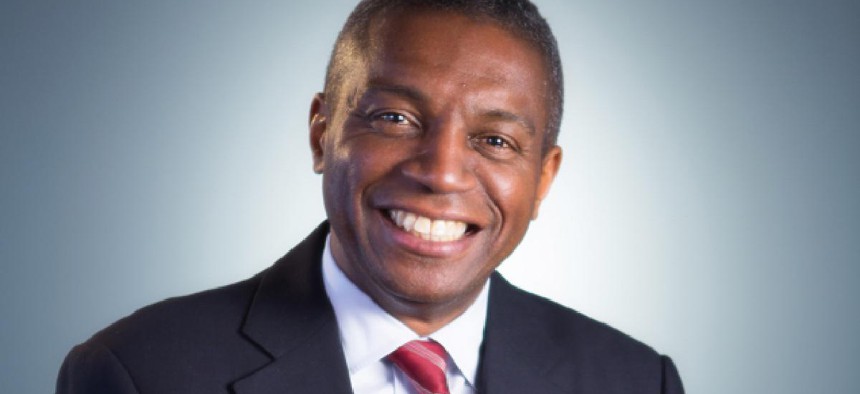The king of DASNYland

(This piece is part of a series of Q&As with commissioners at city agencies published by our sister publication City & State.)
City & State: What does DASNY do? What role does it have in state government?
Gerrard Bushell: Everyone who knows something about DASNY has really focused on the historic underpinning of the message of the New York State Dormitory Authority, so we build and finance dormitories – well, we do a lot more than that. It’s part of what we do, but given that we are one of the largest public builders in the state and certainly in the nation and we continue to build for two of our largest clients, which would be the City University of New York and the State University of New York. We at DASNY, on behalf of the state, working with the (state) Department of Education, working with the (state) Department of Health, through our financing capability and our construction capability, ensure that New York state is a magnet of opportunity and inclusivity in respect to how we care for people across this state and having some of the finest health care institutions in the world and having some of the finest educational institutions in the world.
C&S: Both CUNY and SUNY have greatly expanded in recent years as the state invests more into the two university systems. What are some of the challenges DASNY has faced keeping up with rapidly growing systems?
GB: New York state represents best in class unequivocally – we have many institutions that come to us and they’re looking for cheap financing because we can provide the lowest cost of capital based on issuing as a tax-exempt authority on their behalf, so we can do that. We can get it to the market quickly and more importantly, investors know the credit of the state. DASNY is one of the stellar credits alongside New York state, so our debt is purchased and it’s generally oversubscribed. Our higher education and health care institutions are enabled to meet their goals and objectives to plan for changes in the future and confront uncertainty. We don’t know all the problems and challenges, but we do know that higher education, there’s a higher cost to it, there’s a higher multiple, health care costs have grown and each of these industries have to rethink how they provide services, how they can be competitive and how they can be inclusive.
C&S: Do you see a possible future where DASNY does similar capital work for nonprofits that receive state funding – similar to the structure of your work with NYCHA?
DB: You’d have to be in our statute. So, our hospitals are not-for-profits, so in that case, yes, but I guess you’re talking about the smaller nonprofits that intersect in these areas, so not really. Not really, but we would certainly welcome that. Our mandate is doing the financing and the building as it relates to social infrastructure and ensuring that New York really grows its economy and be competitive.